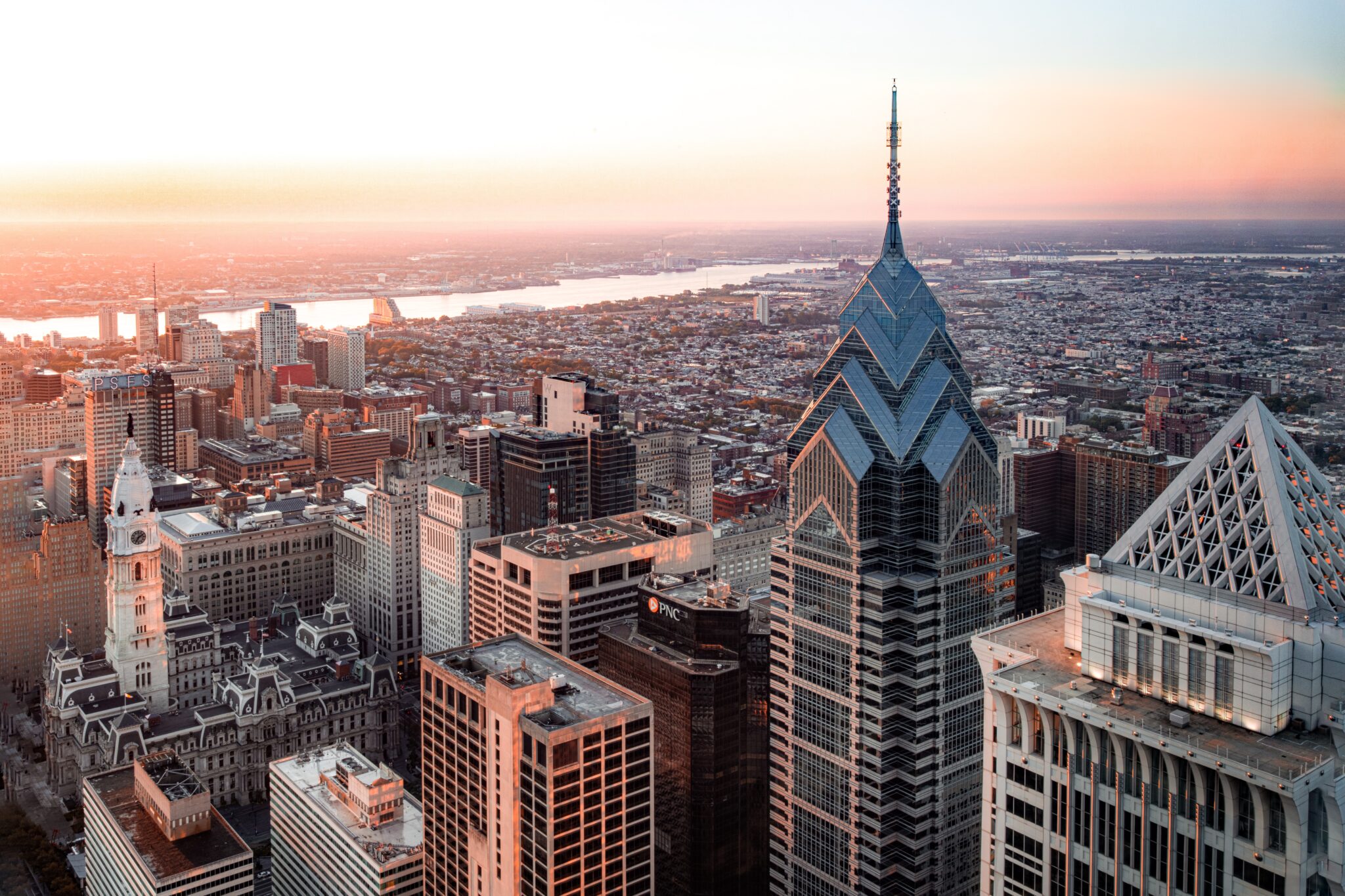For decades, Philadelphia has been a punch line—from the comedian W.C. Fields who had little regard for the city to Eagles fans who notoriously booed Santa Claus. Overshadowed by New York and Boston and gripped by crime and poor government from former mayors Frank Rizzo to Wilson Goode, it was just hard to take Philadelphia seriously.
Not anymore.
The city is thriving, safe, fascinating and fun. Philly has bounced back far more quickly from COVID than New York or Boston, and its combination of history, art, sports and culture make America’s sixth largest city a must-see destination for the intelligent sightseer.

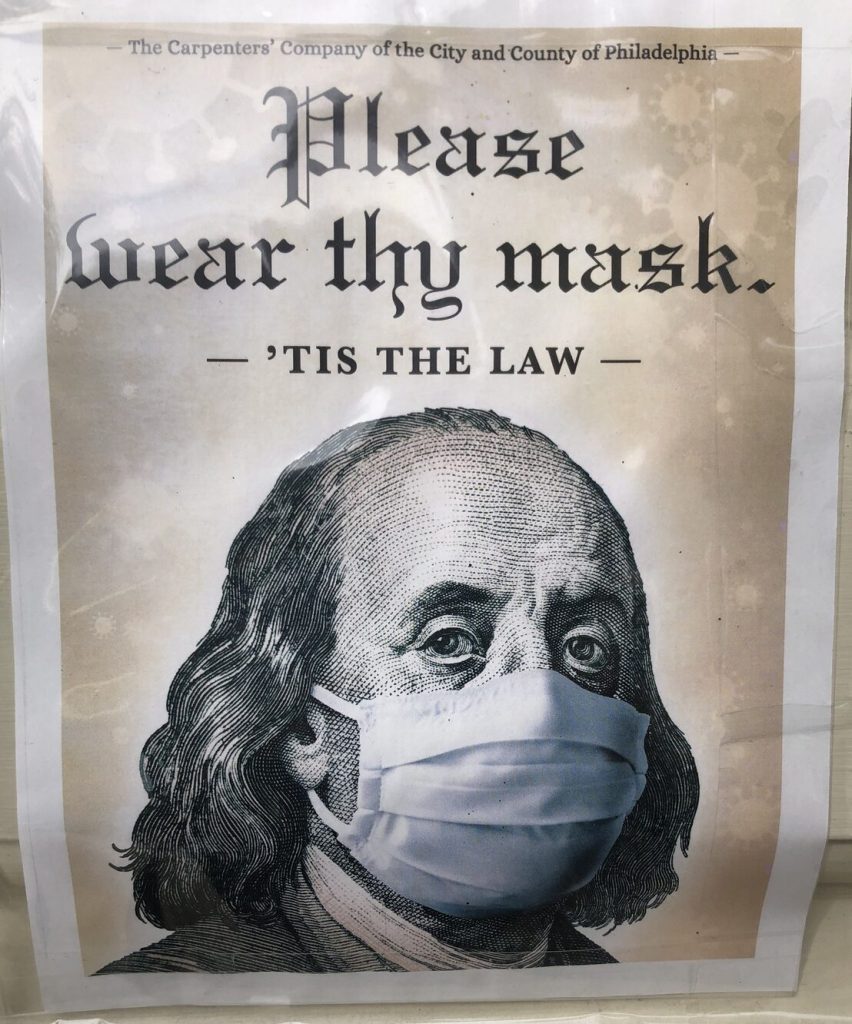
You want to stay in the middle of the action, which would be Rittenhouse Square; we stayed at the Sofitel, a lovely property that gives you a touch of Paris in the city center. The pet-friendly Sofitel underwent a major renovation in 2019, making the elegant yet surprisingly affordable hotel the “newest” place to stay downtown. You can spend a lot more on accommodations in Philadelphia, but you won’t find better value and refinement under one roof.
What to do in Philly? Well, everybody knows the iconic Rocky scene where he runs up the steps of the Philadelphia Museum of Art. But the real art cognoscenti head for the Barnes Foundation, relocated a decade ago from its original home in Marion, Pa., to its new downtown digs.
Dr. Albert Barnes was an M.D. and a chemist who invented, in the very beginning of the 20th century, a medication to treat children’s eyes. He made a fortune and plowed that fortune into art. He had the perfect storm of money, timing and great taste, and starting in 1912, when he sent an artist friend to Europe with $20,000, he snapped up hundreds of Renoirs, Matisses, Picassos, Monets and Franz Hals thrown in for good measure.

The paintings are laid out on the walls exactly as Barnes intended, often without regard for matching artist and/or style. You will be overwhelmed, I promise you, by the variety and quality of the work that Barnes brought home.
Ah, to be American, rich and in Paris in the 1920s!
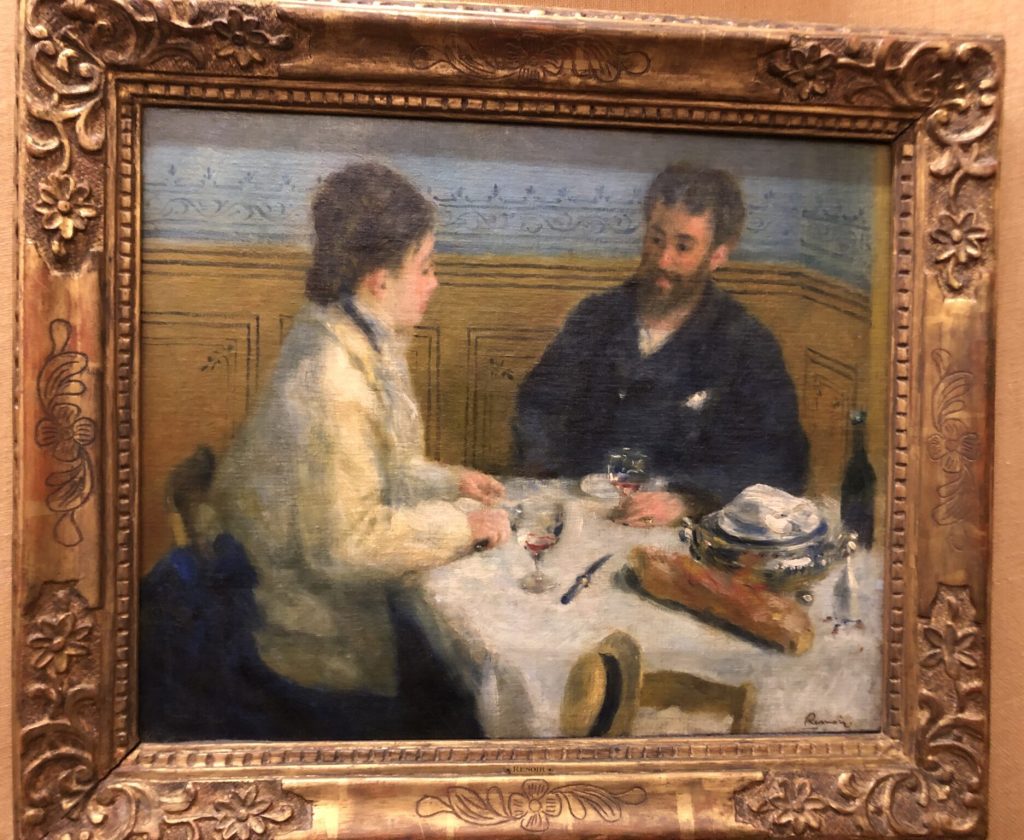
And now, as Monty Python used to say, for something completely different. Not far from the Barnes Foundation—and the Philadelphia Museum of Art, for that matter—stands in humble repose, the Eastern State Penitentiary, a gothic pile created by a Quaker architect in the 1820s to teach bad guys to meditate quietly on their crimes for a number of years and emerge as good guys. The prison fell into disrepair and was eventually abandoned in 1971, after 15 decades of housing Philadelphia’s worst miscreants, including Al Capone, whose beautifully decorated cell you can still visit.
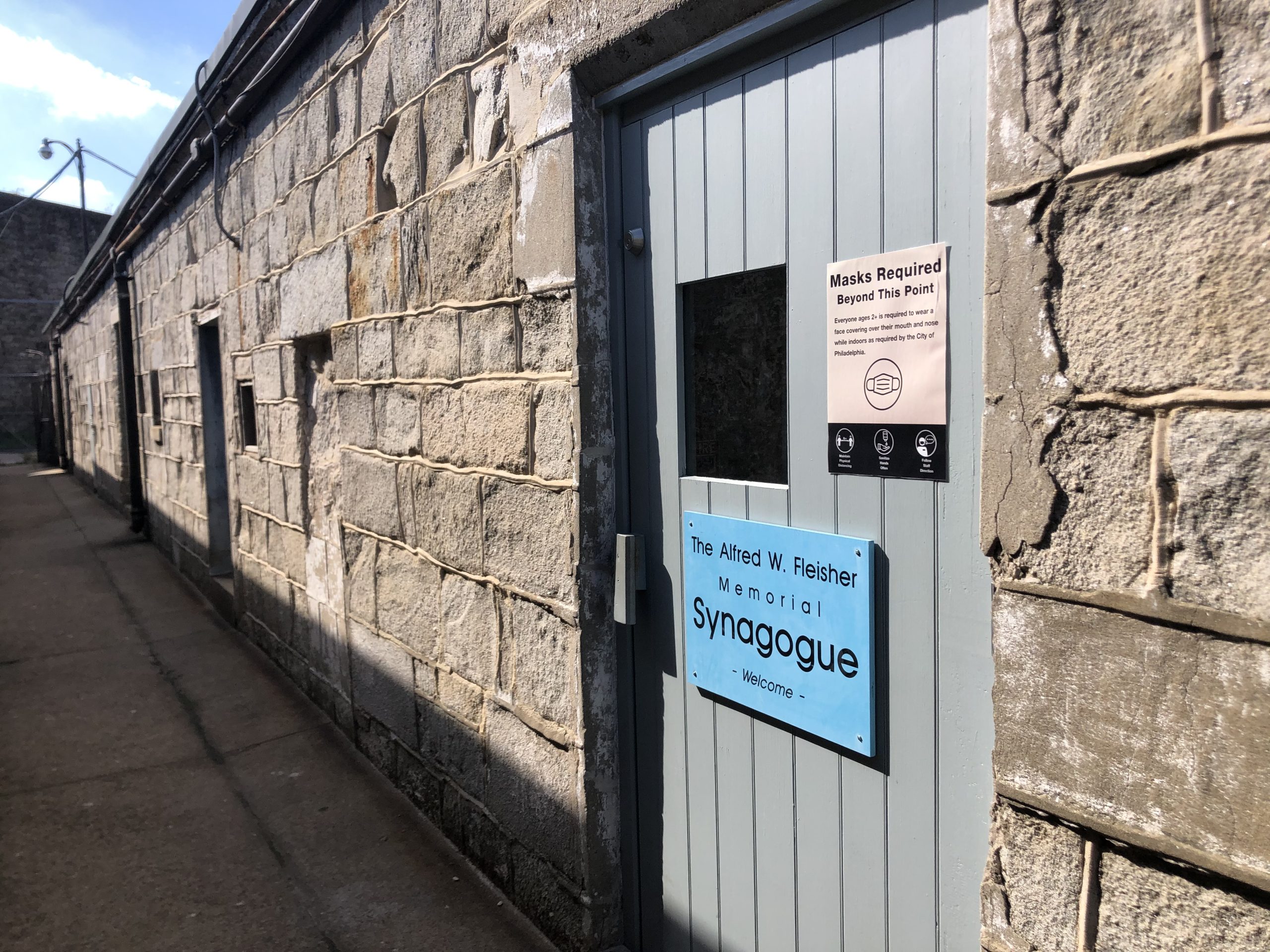
In addition to the astonishing architecture and crumbling yet lovingly restored cell blocks, you can also visit what is one of the first dedicated synagogues built in any penal institution. In the 1920s, approximately 30 to 80 Jewish prisoners made Eastern State Penitentiary their temporary home. They requested and received a synagogue—not an all-purpose room for religious services or a meditation room or anything like that, a real-life synagogue where they could conduct Sabbath and holiday services as if they were back home. The synagogue, the subject of a doctoral thesis a few decades back, has also been lovingly restored. Overall, think Shawshank Redemption meets Notre-Dame de Paris, and you will have some idea of what to expect at the Eastern State Penitentiary.
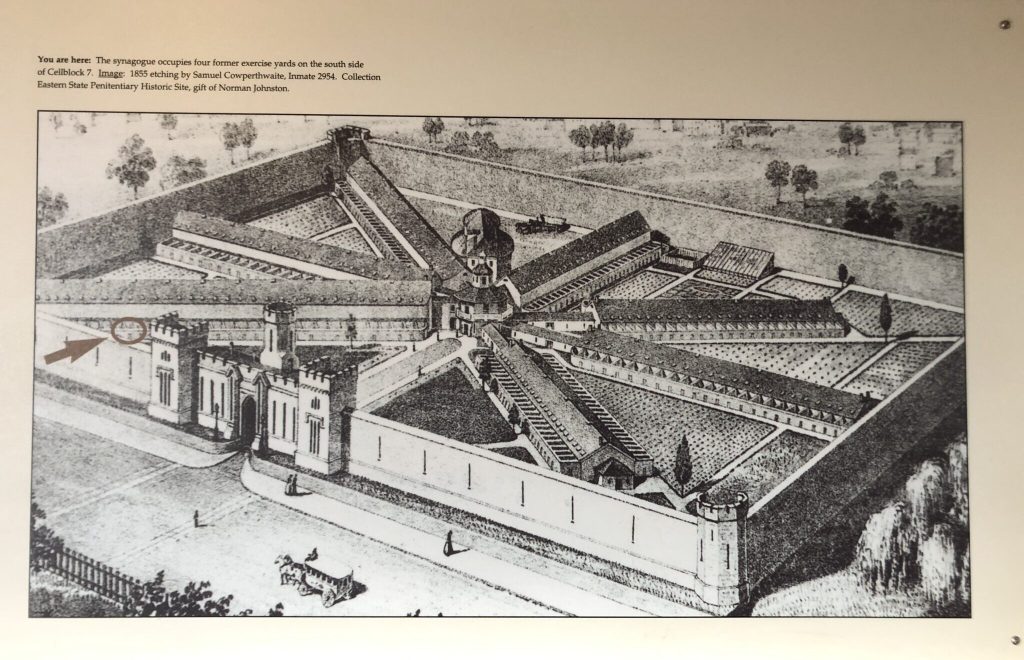
Philadelphia, of course, is the cradle of American Democracy, and we spent two happy hours in the care of an Urban Adventures tour guide named Rick, who could not have been more knowledgeable or well-spoken as he took a small group of sightseers through the Ben Franklin and Alexander Hamilton inspired sights. You can see where Franklin lived, where Hamilton worked, where the Constitution was written and the cracked Liberty Bell.
Fun fact: Did you know that William Penn, a wealthy British subject was cast into a London gaol (that’s how they spelled jail back then) for refusing to bow to the king as he passed in his royal carriage? The king, not a fan of Quakers, who were not a fan of royalty, made Penn an offer he couldn’t refuse: the repayment of a large debt the king owed Penn’s father plus tens of thousands of square miles in wild and wooly North America, where Penn and his ilk could practice religious freedom to their heart’s content. Penn took the deal, founded Pennsylvania, and the rest is American history.
And did you know that the father of our country, George Washington himself, took nine slaves to Philly when he served as president there? Pennsylvania had a law that required slaveowners to free their slaves after six months in the Commonwealth. Washington neatly evaded that law, Rick told us, by loading up his slaves onto a New Jersey-bound boat every six months, thereby restarting the clock. Not far from the Liberty Bell, you will find the names of Washington’s slaves memorialized in stone for all time.
If all this sightseeing is making you hungry and surely you desire a Philly cheesesteak—but you’re also health-conscious, and I respect you for that—I suggest that you head to the Northern Liberties, a fun, funky, totally hip neighborhood not far from Center City. There you will find the Blackbird Pizzeria, where you can actually chow down on a vegan Philly cheesesteak. All that deliciousness and none of the cholesterol!
There’s still so much to do in Philly than can be accomplished in a day or two: the Ben Franklin Museum, the National Constitution Center, Betsy Ross’ house, where she may or may not have sewed the first American flag, the Philadelphia Museum of Art, where a Jasper Johns show is taking place right now.
What did W.C. Fields know? Philly is a great destination, whether your cheesesteak is actual or vegan. Just tell them Rocky sent you.

